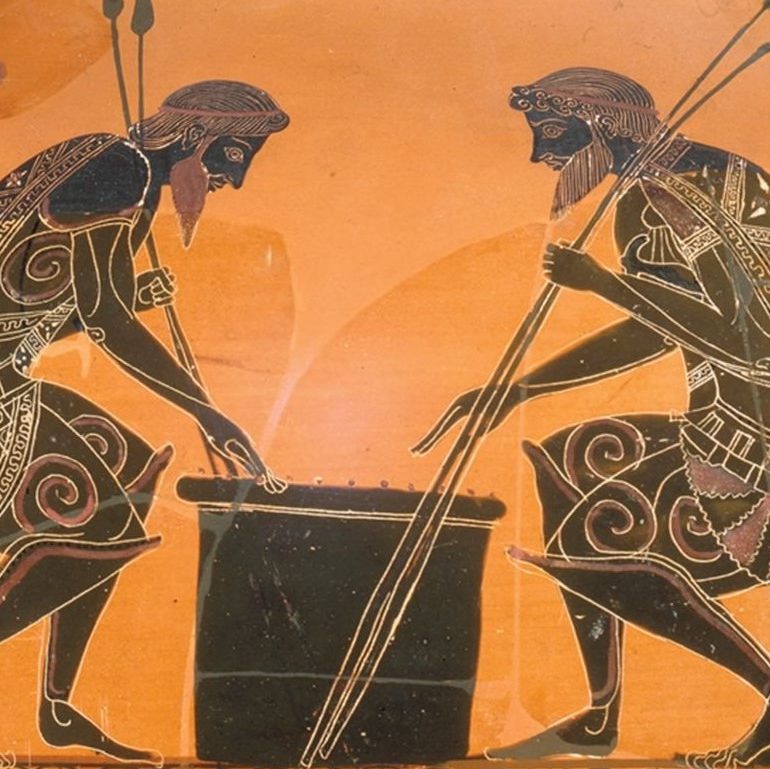I frame, you frame, everybody frame frames. It just helps to know it’s going on. There is an education in itself in noting how the variant definitions of the word “frame” – the verbal form, for instance – bleed into one another, from one to the next:
2. a : plan, contrive <framed a new method of achieving their purpose>, b : shape, construct; 4. to fit or adjust especially to something or for an end; 3. a : to devise falsely (as a criminal charge), b : to contrive the evidence against (an innocent person) so that a verdict of guilty is assured; 6. to enclose in a frame; also : to enclose as if in a frame.
Note, too, how I reversed the order of 3 and 4 and omitted 5 (obsolete) to support my own frame. There is a wide body of diverse literature on framing in recent decades, from multiple fields of scholarship. Tod Gitlin, most usefully for my purposes, defined frames in The Whole World Is Watching: Mass Media in the Making and Unmaking of the New Left as
principles of selection, emphasis and presentation composed of little tacit theories about what exists, what happens, and what matters.
In “Framing Israel,” I described it so:
Facts (ah, those golden shiny nuggets that bear a good bite of the incisor) – facts can catch the light the way you want them too if you turn the right facet to the light. The matter becomes, then, one of presentation, of angling the object of consideration just so, with this side fully revealed to the light, another like the dark side of the moon. Or, as I discussed the matter in those posts on Glenn Greenwald, it becomes a matter of framing, less a question of the facts, but of the facts one chooses to include and exclude and how one frames the narrative surrounding the former.
I included this neat visualization.
Then, more to the point of today’s focus, there was this now infamous Economist cover photo.
 So the other day, for instance, we have Ross Douthat – not a zealot, no one’s rabid rightist, a reasonable, thoughtful fellow – headlining a New York Times Campaign Stops entry “Obama vs. Catholics, Catholics vs. Obama.”
So the other day, for instance, we have Ross Douthat – not a zealot, no one’s rabid rightist, a reasonable, thoughtful fellow – headlining a New York Times Campaign Stops entry “Obama vs. Catholics, Catholics vs. Obama.”
See which comes first? Further down we read,
Hence the advice that the Catholic Democrat Jim Arkedis offered to the Obama campaign in this space last week: To win Catholic swing voters, emphasize social justice and economic solidarity, but don’t try “to drive a wedge between the faithful and official church positions” on culture-war issues.
This is sound advice for Democratic politicians, but it’s also advice that this particular Democratic White House has conspicuously failed to take. Instead, the Department of Health and Human Services’ mandate requiring religious institutions to purchase health care plans that cover sterilization, contraception and the morning-after pill has made the institutional Church itself – its universities, its schools, its hospitals, its charitable organizations – an issue in this election.
What’s the frame? In the headline alone, reinforced in the body, that it was President Obama who provoked – even purposefully – the Catholic Bishops, even tried to “drive a wedge between the faithful and official church positions.”
Obama exercised his authority – one may fairly argue it was a proper and principled exercise of his authority – to extend a healthcare right to all Americans, even those who are employed outside the Church by the Catholic Church. It was the bishops who chose to challenge the secular authority of the President of the United States. That’s my frame, my “narrative” – a word conservatives tend to dislike because it suggests that all we have are stories and no objective reality. What that concern overlooks, however, is that while they may all be stories, some are cock and bull stories, and some are true ones.
It’s all in the details, how you present them, and how you arrange the words. And sometimes, it is very quickly and easily done.
AJA
Related articles
- Catholic Church goes to war with Obama over birth control via @independent_ie (petersinghatey.net)
- Many Catholic bishops resist a fight with the Obama administration – The Washington Post (stannecenter.wordpress.com)
- Catholics and the Mandate: A matter of principle? (stoshwolfen.wordpress.com)
- Politicians, Faith, and Reason (sadredearth.com)
- Said the Sad Red Earth (sadredearth.com)


